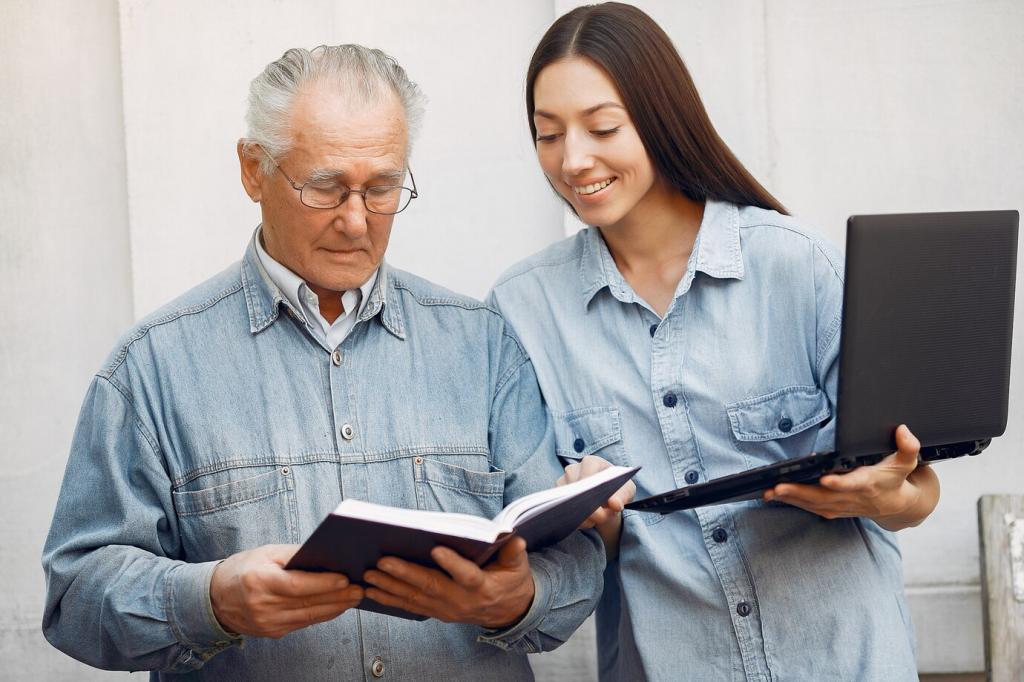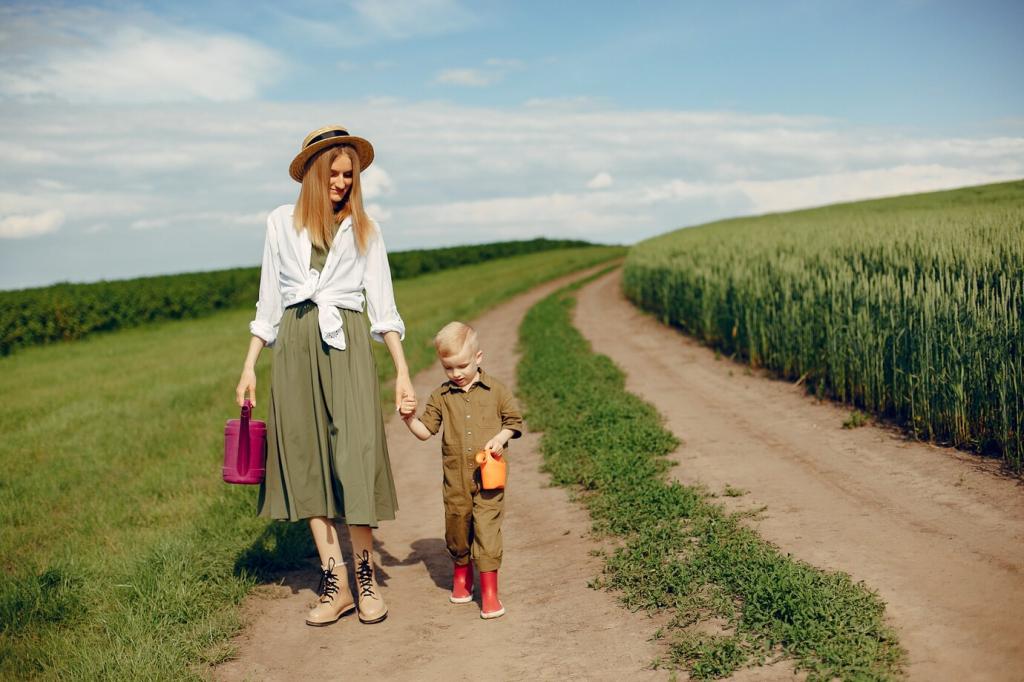
Travel Health Tips for Grandparents Journeying with Grandchildren
Chosen theme: Travel Health Tips for Grandparents Journeying with Grandchildren. Welcome to a friendly space where experience meets curiosity. Here we share practical, heartwarming guidance that helps you care for yourself while caring for your favorite travel companions. Stay a while, add your voice in the comments, and subscribe for more intergenerational travel wisdom.
Pre-Trip Health Planning Together

Doctor Visits and Vaccinations
Schedule a quick checkup for you and the kids, especially if you are changing climate or crossing borders. Ask providers about destination-specific vaccines, motion-sickness options, and dosing updates as children grow. Bring a current medication list, allergies, and pediatric dosing charts. Tip: a simple folder with printed summaries saves time if an unexpected clinic visit interrupts your adventure.

Medication Management
Pack all medicines in a carry-on bag, in original labeled containers, with a pill organizer for days and time zones. Include a written dosing schedule translated into your destination’s local time. Keep backup glasses, inhalers, and epinephrine auto-injectors together. A small note reading “medications inside” helps travel companions locate critical items quickly during hectic transitions.

Travel Insurance and Documents
Confirm travel insurance that covers pre-existing conditions and pediatric care, plus evacuation if you are going remote. Carry consent letters for medical decisions if you are not the child’s legal guardian. Add copies of passports, emergency contacts, and itinerary in both digital and printed forms. Share a copy with a trusted family member at home for peace of mind.
Smart Packing for Comfort and Safety
Hydration and Snack Strategy
Bring refillable water bottles and plan refill points to avoid sugar crashes and cranky moments. Choose fiber-rich snacks, nut or seed mixes, and fresh fruit that travels well. Tuck oral rehydration salts into your kit for hot days or stomach upsets. Ask kids to help pack their own “fuel bag” so they feel proud and invested in healthier habits.
Mobility and Ergonomics
Opt for a lightweight suitcase with good wheels, a supportive daypack, and shoes you have already broken in. Consider a folding cane, trekking poles, or a compact stroller to keep pace balanced between generations. Plan routes with elevators or ramps. Pacing is a health tool: short bursts of fun, scheduled rests, and an early exit option keep spirits bright.
First-Aid Essentials
Build a small kit: bandages, antiseptic wipes, blister patches, digital thermometer, antihistamines, pain relievers, antidiarrheals, and rehydration packets. Include child-safe dosing tools and a printed weight-based dosing guide. Add sunscreen, lip balm, and hydrating lotion for changing climates. Slip a bright sticker on your kit so everyone knows where to find help in seconds.
Circulation and Movement
On planes and trains, do ankle pumps, calf raises, and gentle shoulder rolls every hour. Walk the aisle when safe and consider compression socks if your provider recommends them. On road trips, schedule stretch stops with playgrounds or scenic overlooks. Movement breaks double as memory-making moments—snap a quick photo to celebrate everyone’s best stretching pose.
Ears, Air, and Altitude
Help little ears equalize pressure by chewing, yawning, swallowing, or sipping a drink during takeoff and landing. Infants can nurse or use a bottle or pacifier. A saline spray and gentle nose blowing can ease congestion. If anyone has ear infections or severe colds, consider delaying flights or consulting a clinician to avoid painful surprises.
Sleep, Routines, and Time Zones
Recreate bedtime cues: a favorite story, a small nightlight, familiar pajamas, or gentle white noise from a travel app. Ask for a quieter room away from elevators. A simple winding-down routine—stretch, sip water, lights dim—helps both grandparents and kids settle quickly, especially in unfamiliar places pulsing with new sounds and excitement.
Sleep, Routines, and Time Zones
Use daylight like medicine. Get morning sun at your destination to shift earlier, or evening light to shift later. Hydrate, eat light meals, and avoid long naps on arrival. If considering melatonin, discuss timing and dose with a clinician. Start sliding bedtime by 15–30 minutes for a few days before departure to soften the transition.

Sun, Heat, and Outdoor Safety
Sun Protection that Sticks
Apply broad-spectrum SPF 30 or higher to exposed skin 15 minutes before going outside, and reapply every two hours or after water play. Wide-brim hats, sunglasses, and UPF shirts make sunscreen easier to maintain. Let kids help set a “shade alarm,” turning reapplication into a team mission rather than a chasing game.
Heat Illness Prevention
Pack cool, breathable layers and schedule intense activities during cooler hours. Encourage steady sips of water, and add electrolytes on very hot days. Know warning signs: heavy sweating, dizziness, nausea, or confusion need immediate shade and cooling. Teach kids to speak up when they feel “too hot” so care can be quick and kind.
Bugs and Bites
Use age-appropriate repellents and treat clothing or gear as needed for high-risk areas. Perform tick checks after hikes and carry an antihistamine cream for itchy bites. If anyone has severe insect allergies, keep epinephrine accessible at all times. Snap a photo of the trail map and nearest clinic so help feels close, not far, if needed.



